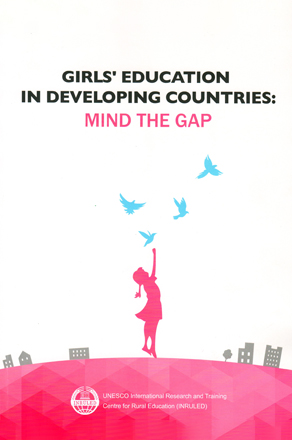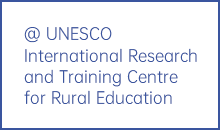
Publication date
Since 2008, UNESCO has made gender equality on a global scale a priority. This paper reviews the progress in girls’ education, the work that remains to be done, and strategies for success in 9 developing countries--Cambodia, China, India Myanmar, Nepal, Sri Lanka and Uzbekistan in Asia and Ethiopia and Ghana in Sub-Saharan Africa. It underscores, among others, the need for governments, civil society organizations, NGOs, the private sector, bilateral and multilateral donors to undertake in-depth periodic reviews to ascertain the issues and challenges in girls’ education and accordingly build robust partnerships and implement a diverse range of strategic interventions for providing girls with access to quality education, materials, safe spaces to learn and a"voice", and to mobilize and build capacity within governments, communities and schools, training and mentoring teachers, trustees and community leaders. The paper asserts that targeting girls education in general and education of marginalized, disabled and girls from migrant communities in particular, with more than half of the target group living in high-risk and conflict-affected environments, be accorded high propriety in national education development agendas.













